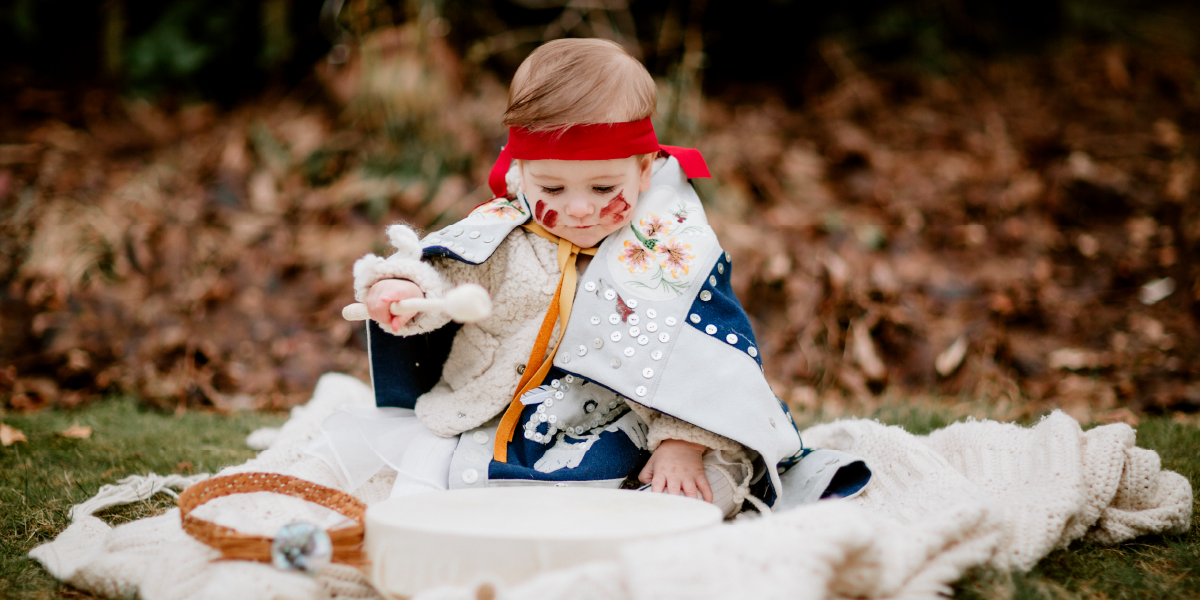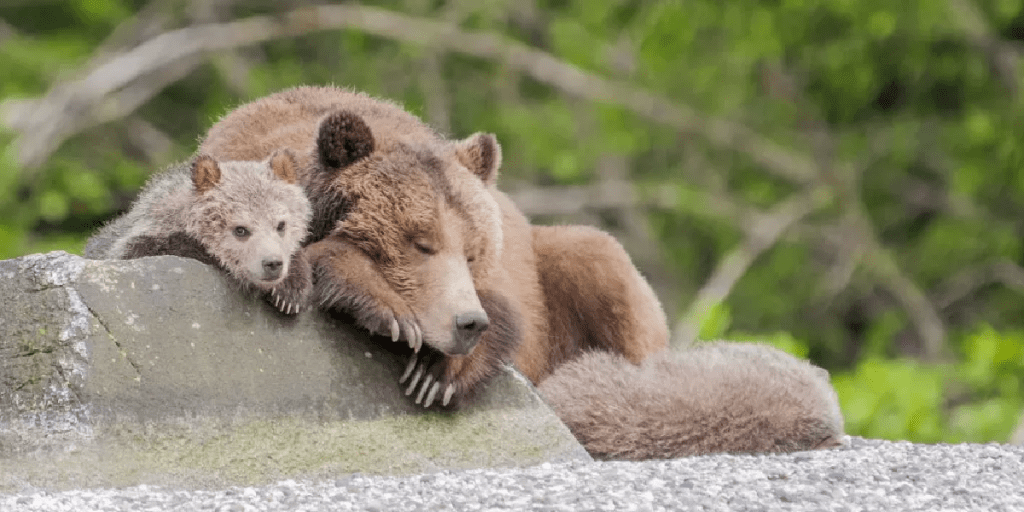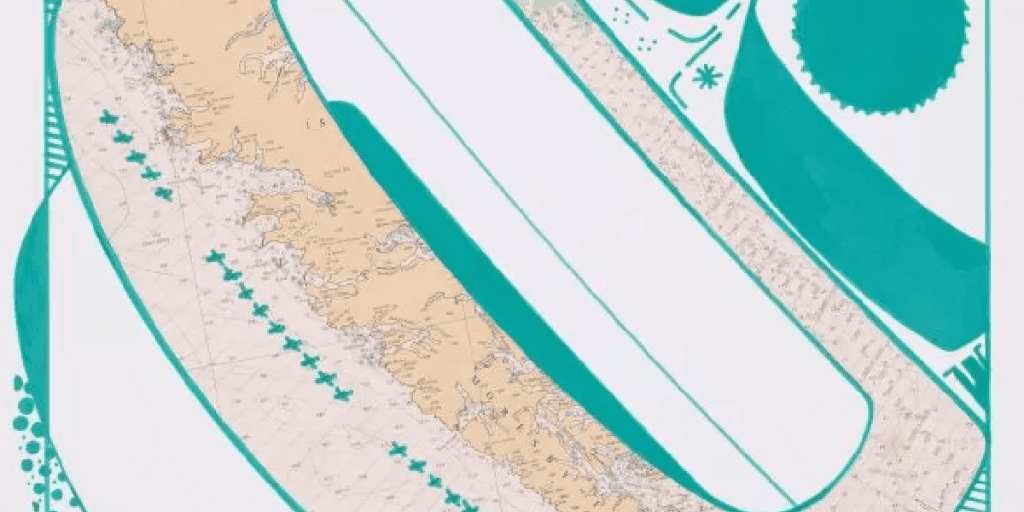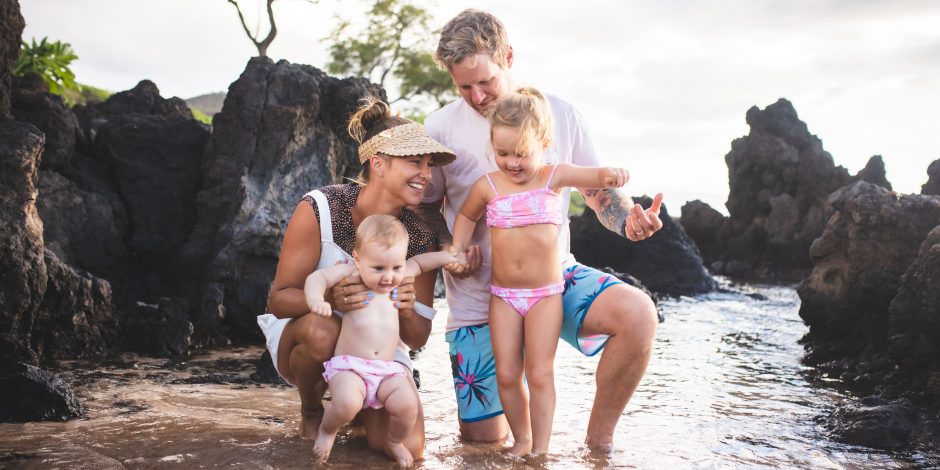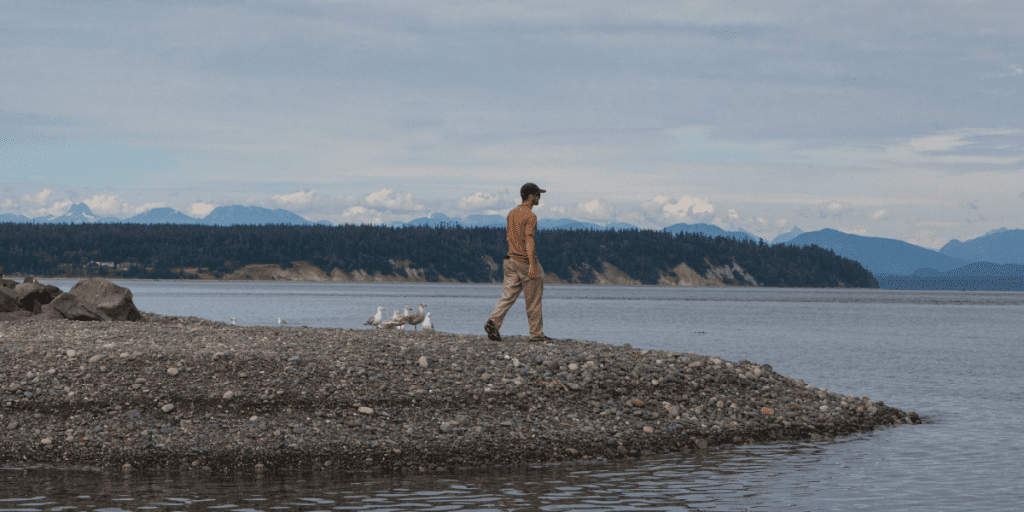“Everything changes once you have kids.” It’s such a cliche, but one that holds true. After I had my kids I found my focus shifting and my purpose redefined. My perspective changed. Big time. My husband, Sonny, and I suddenly became a bi-racial family. What did that mean? How would we honour both our cultures, while recognizing the impact one had on the other? How would we ensure our kids could stand proud in their complex identities?
To start with, I had a lot of learning to do.
I was raised in Montreal, the daughter of Spanish immigrants. A biased school curriculum ensured my knowledge of Canadian history largely focused on white, settler narratives and excluded important information on the colonial violence that Indigenous people were subjected to. Meeting Sonny, this inspiring Ligwiłda’xw/Kwakwaka’waka artist and activist, was a crash course in decolonization. His granny had gone to Indian Day School. Friends and relatives were survivors of Residential School and the Sixties Scoop.
His traditional language only has a few fluent speakers. Colonization’s enforced cultural assimilation tactics became tangible and real; it had a face, one grasping for ways to deal with generational trauma, discrimination, and loss. But also one that was very much full of hope, strength, and resilience.
Could we reconcile our two histories? I knew early on that doing so meant a commitment on my part to learn and grow and fill in as many knowledge gaps as I could in order to become an educated ally and advocate for our family. I had to embark on a path to decolonize my perspective and world views.
It’s with this lens that we moved to Campbell River five years ago, making space for Sonny to connect with his culture in ways he hadn’t been able to while living away. Moving here also meant raising our kids in an environment rich with living and breathing culture: one where they would be part of the efforts to revitalize the Kwak’wala language (Liq’wala dialect), one that would nurture their relationship with their own Indigeneity, and one that would provide them with positive representations.
Embracing this change meant learning new rhythms. In this community, I learned that late summer brings fishing boats, heavy with sustenance. It means hearing the chorus of laughter coming from neighbouring yards as food fish is prepped, and enjoying the intoxicating smell from smoke houses burning all night. Our family is growing up in a place where the distant beat of the Big House log drum is normal, where coming together as a community matters, and where these traditional ways of being are celebrated.
So when we were invited to our nephew’s Hiługwila a year ago, both Sonny and I approached it with curiosity and humility. Despite Sonny’s research and knowledge of Kwakwaka’wakw traditions, neither of us were familiar with this ceremony. Bearing witness to this important rite of passage, one that colonization threatened and banned for close to 70 years, was incredibly moving.It’s thanks to committed individuals, knowledge holders who passed on these traditional and ceremonial teachings against all odds, that our generation can now access this culture in meaningful ways.
When the time came, we decided to have a Hiługwila for Mia, our youngest daughter. We knew there would be a steep learning curve. Traditional knowledge can be deeply personal, guarded, and shared with reservation, and we were dependent on the generosity of those who have it.We acknowledged that we would make mistakes along the way, and we accepted that in the end it probably wouldn’t be perfect. But we approached it with humble hearts, earnest to learn, and committed to do right by our community, family, and elders.
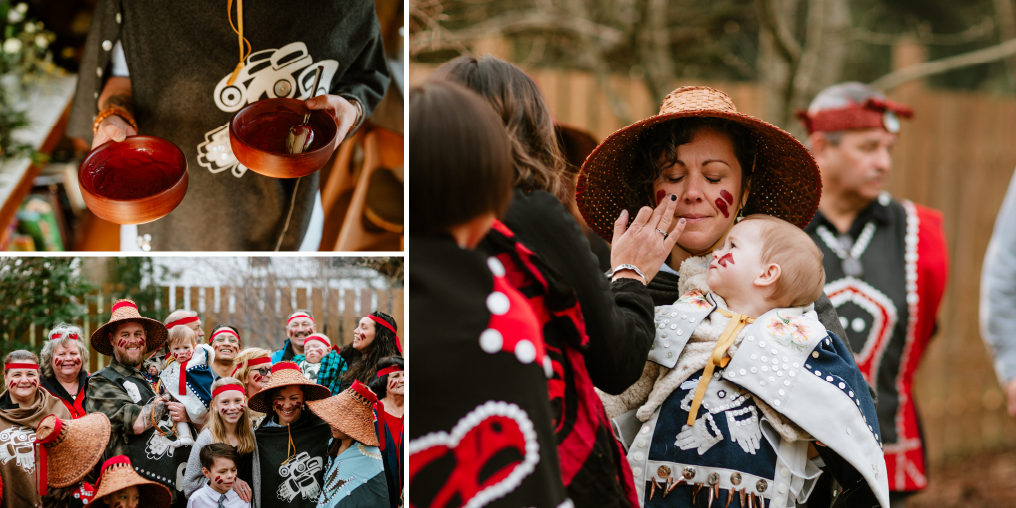
The Hiługwila ceremony is steeped in symbolism and tradition. It is rich in meaning, guided by protocol, and anchored to beliefs and stories passed down through generations. We had to immerse ourselves in every part of it—understanding the why and how. The more we met with elders and community members, the more questions we had. Who, does what, using what, and why?
It was moving. It was challenging. It was humbling. And it was powerful—to be connected to this continuum of Indigenous knowledge and to be connecting our kids to it in ways so many people have been denied.
For months we gathered information and supplies for the ceremony. Among other things, I had to make our family’s regalia: ceremonial dance robes adorned with appliqués and buttons. That learning process alone had me diving into family crests, reading historical books, and leaning on friends, aunties, and cousins to share valuable experience. It was amazing to see the final result come together, which included pieces of my mother’s manton, a traditional Spanish shawl adorned with embroidery.
In the end, the ceremony was perfect in its own way. On her tenth moon, Mia’s big, beautiful family came together to ground her spirit to this world. Her hair was cut, her face was painted to match ours, and she was ushered through the ceremony by matriarchs and guardians. Mia was given the ancestral name of L̓aʔǧʷaloǧʷa, passed down from her grandmother. Her name means to call people together, to summon them… summon them to witness. And that day she did. We witnessed people coming together around a shared love for this baby who had chosen us, and a profound respect for the ancestors. I will forever be grateful to every person who shared that day with us in some way; their gifts of time, knowledge, support, and grace allowed us to learn and grow.
Looking back, the most meaningful part of the process and ceremony went beyond what it meant for Mia. It was in huge part for all those other amazing kids in our family: our nieces, nephews, cousins, sons, and daughters. These kids have eyes on us, watching and learning how to exist in this world. It was important for them to know that the journey to decolonization, knowledge revitalization, and reclaiming Indigenous identities can start in small ways, and that the work is always worth it. We wanted to make sure they see the world as one that is full of diversity, potential, and growth. And to be honest, it was important for my Quebecois-Spanish family to see and feel this resilience too.
That’s how being a parent changed my perspective: it became all about them. I want these kids to grow up with this unshakable pride in who they are and where they come from. I want them to be celebrated and honoured for everything that they are. And for that, I need to keep learning. It’s my responsibility, and that of every settler on this land, to do the work of decolonization—for themselves, for our collective society, and for the next generation.

